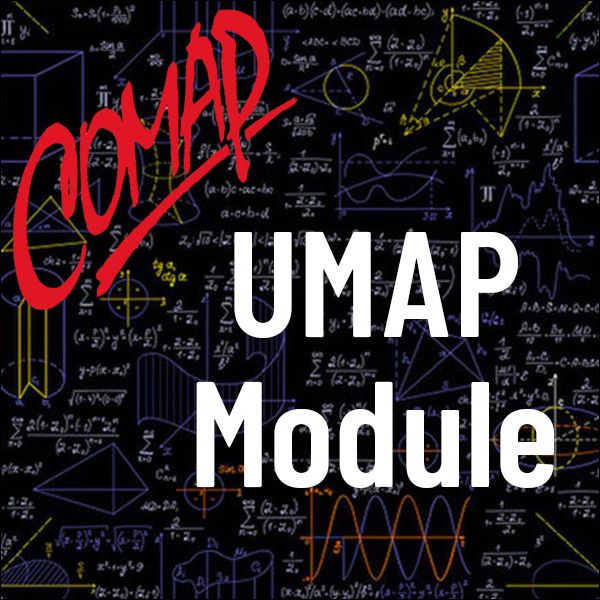Expected Loss in Keno (UMAP)
Author: William Barnier
This module uses a simplified version of keno to explain the method for calculating probabilities and expected value in keno. A casino pay chart and a computer generated table of probabilites are used to find various expected values in keno. The exercises contain applications of probability to card hands, selecting job applicants, and casino tourist incentive coupons, as well as to keno.
Table of Contents:
1. INTRODUCTION
1.1 How Keno is Played
1.2 Two Basic Questions
2. A SIMPLIFIED VERSION OF KENO
2.1 Defining P(m, k)
2.2 An Example Using the Simplified Version
2.3 A Systematic Look at the Example
3. KENO: THE REAL THING
3.1 An Example Where a Player Marks Five
3.2 Use of Table 2
4. EXPECTED LOSS FOR KENO: SIMPLIFIED VERSION
5. EXPECTED LOSS FOR KENO: THE REAL THING
6. ANSWERS TO ALL QUESTIONS

Mathematics Topics:
Application Areas:
Prerequisites:
You must have a Full Membership to download this resource.
If you're already a member, login here.